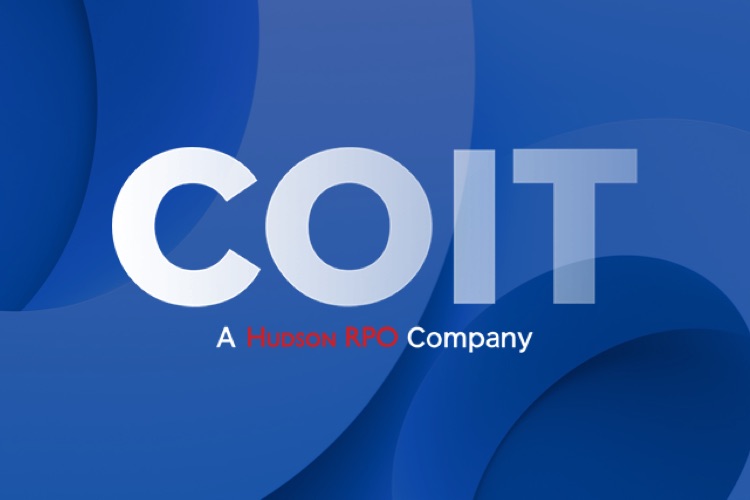Good employees are hard to find and keep in tech, making retention top-of-mind for HR and talent leaders. In an industry where the average tenure is low, retention is a common challenge for startups and companies of every size.
Tech has the highest turnover rate of any industry at 13.2% — and it’s not for lack of pay or perks. Even tech’s brightest stars struggle to hold on to their top performers. The average tenure at top tech companies is often just a few years, e.g., Tesla (2.1 years), Square (2.3 years), Airbnb (2.6 years), Netflix (3.1 years) and Apple (5 years).
60% of tech talent is thinking of quitting
60% of tech professionals say they will likely change employers next year, a 15% increase over last year. That’s great news for employers looking to pick up new talent, but a very costly problem for employers struggling to hold on to their best people.
How costly? When you lose someone, it costs about six to nine months’ salary to replace them, not including project disruptions, additional work for your team and potential hits to morale. As tech spills over into other industries, nearly every company is becoming a tech company — and competing for the same talent. Thus, it makes good business sense to make investments to curb attrition. Here are some insights and tips to help.
Top reasons people quit (and stay)
Why do people quit their jobs in tech? For the same reasons they stay. Worker needs and motivations vary, but overall, we’ve seen the same root causes build and erode tech companies over more than 20 years.
1. Flexibility and autonomy
Autonomy has been shown to boost employee engagement and loyalty, reducing turnover and improving business results. Increasingly, people want to have a say in when, where and how they work. Remote and flexible work environments are becoming more the norm than the exception in the industry. And many of tech’s most admired companies live out an ethos of hiring the best people and getting out of their way.
If your company doesn’t offer much autonomy or flexibility, it’s time to look into ways to build a culture of trust, and encourage employees to take greater ownership of their roles and schedules. Offering training and providing the right resources helps to give employees (and managers) the support they need.
2. Compensation and benefits
Money isn’t everything, but we all want to feel we are being compensated fairly, especially as pay transparency and equity become more important. Employers who rightsize existing employees’ salaries alongside new hire offers mitigate the costs of turnover.
Auditing pay for your existing employees helps to surface discrepancies before it’s too late, and bring up salaries that are below market. It doesn’t need to happen all at once. You just need to have a plan in place and communicate it proactively to employees.
If you need help conducting a pay audit and understanding market conditions, we’re happy to help. Even if you’re a smaller company that can’t compete with big tech firms, there are ways to make compensation and benefits more attractive to your team. Let us help you to strengthen your hiring brand and your ability to keep high-impact employees on board.
3. Health and happiness
Worker stress is at a record high, according to Gallup’s State of the Global Workplace. To be truly engaged and present at work, people need to understand what to do, have what they need, and have a supportive manager and team.
Leaders and managers can help to dial down stress and improve retention (and business performance) by showing up for their employees. From protecting time off to managing workloads and deadlines efficiently, it’s important to give employees the time, space and focus they need to succeed. Offer flexibility and support employees’ lives outside of work. Creating a company of well-being helps to keep quits at bay.
4. Professional development
Knowledge workers and tech pros thrive on learning new things and tackling new challenges. If your employees are doing the same thing day in and day out, and have no chance of advancement or growth, you’re creating risks for turnover.
Professional development and upskilling are two ways to give employees pathways to greater levels of success and compensation. One of the areas we at Coit focus on is skills-based hiring. Honing in on the skills you have and the skills you need in the future, you can identify potential leaders internally and promote from within. This is a powerful retention strategy that not only closes skills gaps but also helps to future-proof your team.
5. Culture
A toxic culture will kill your company, yet many tech companies let bad habits slide for far too long. To build a healthy culture, set clear expectations, reward desired behaviors and foster open and respectful communication. Acknowledge and learn from mistakes and be willing to fail. Younger generations in particular expect a diverse and inclusive workforce, and value purpose over hustle culture. Listen to what employees want and take the time to support them in their goals. This will help to create a culture that people just don’t want to leave.
Unsurprisingly, leadership and the people who lead by influence or title are key to shaping a positive culture. A good boss can keep your employees motivated; a bad boss is sure to drive them away. Invest in exceptional managers and leaders, and don’t let negative behaviors define how your company operates. Many leaders in tech become leaders and managers by necessity or accident. It’s important to help them develop skills that inspire and engage teams.
How to build a thriving workplace
Focusing on your values as a company, listening to your employees and acting on feedback will help you to build a workplace that encourages loyalty and retention. If you’re experiencing high turnover, growing pains or setbacks, we can help. Contact us at [email protected].
Newsletter
Blog Categories
Recent Posts

[Tech x Talent Dashboard] It’s time to change DEI metrics and tactics

3 Quick Tips to Improve Your Hiring Process

Beyond the Checkbox: DEI in 2024 and Beyond

The Unexpected Secret to Effective Rapid Response Hiring




